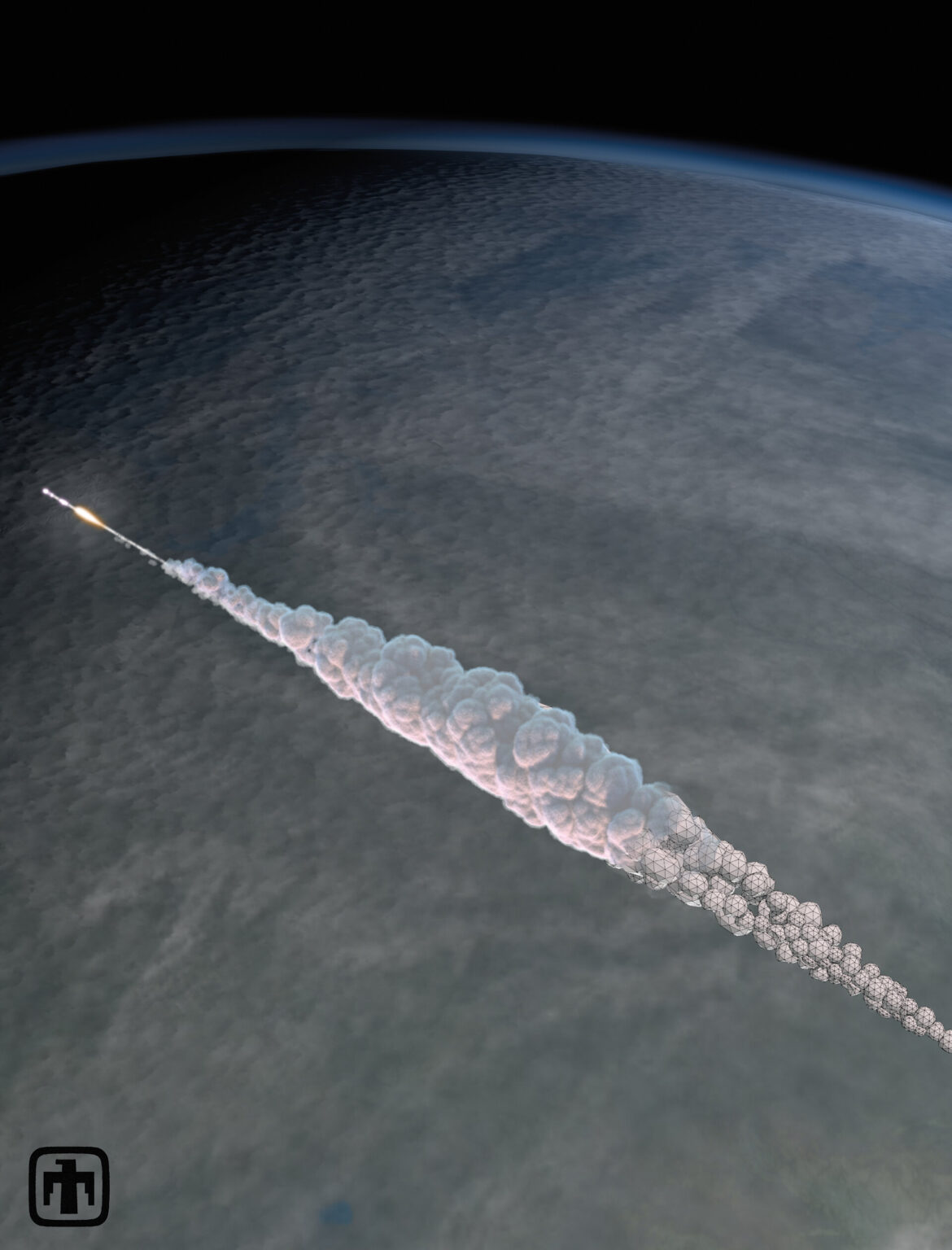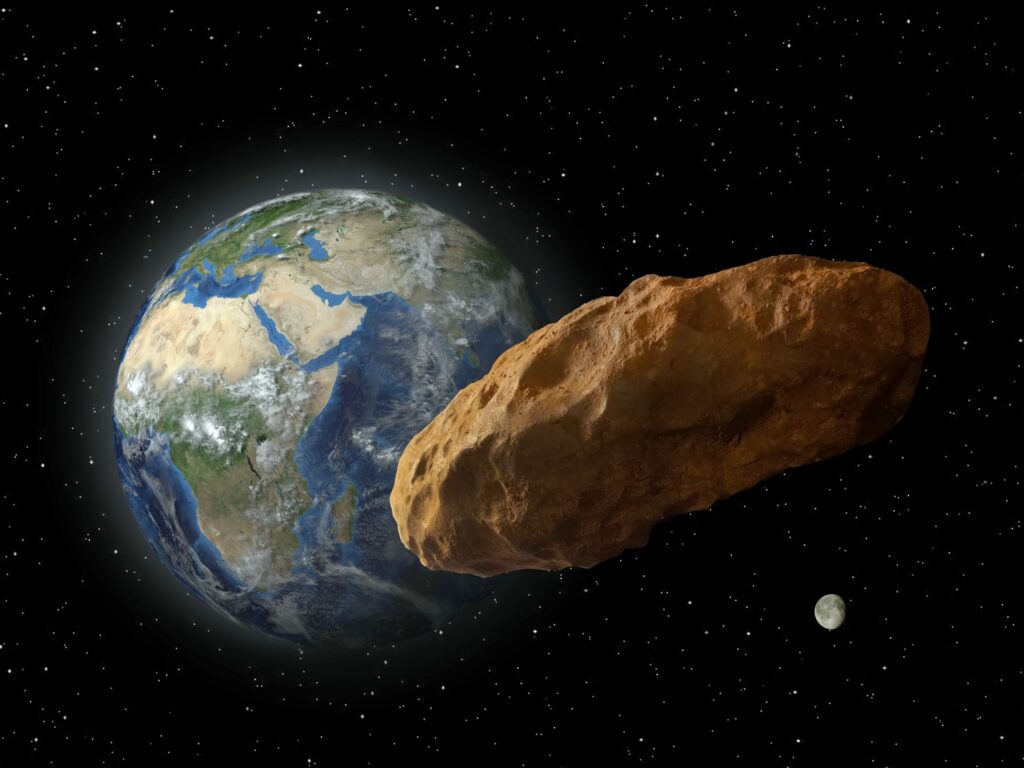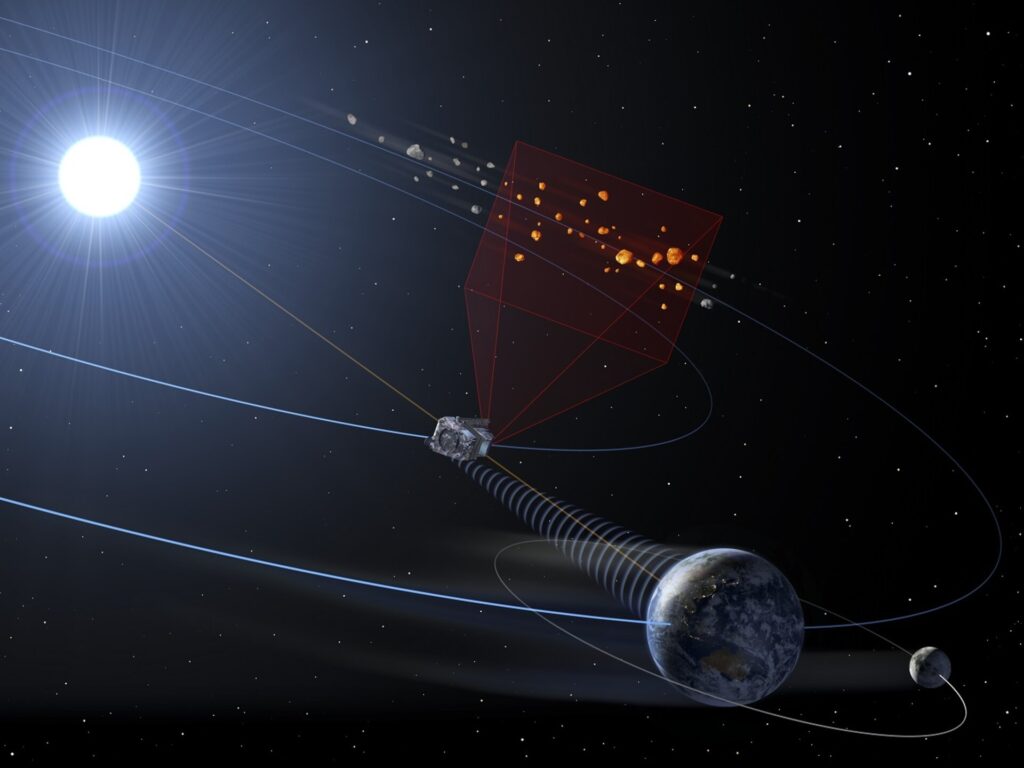On February 15, 2013, an asteroid with a mass of about 12 thousand tons and a diameter of 19 meters entered the Earth’s atmosphere. It exploded in the sky over Chelyabinsk — according to various estimates, the explosion power ranged from 300 to 500 kilotons. The shock wave damaged 7,300 buildings and injured more than 1,500 people.
Who watches the earthly sky
This event vividly reminded what catastrophic consequences a large asteroid falling to Earth can lead to. By a strange coincidence, it happened on the same day that a working group met in Vienna to develop recommendations for the UN to act in such a situation. At that meeting, the experts laid the foundation for the creation of two international bodies that should take on the task of acting in the event that our planet is threatened by danger from outer space. At that meeting, the experts laid the foundation for the creation of two international bodies that would take on the task of acting in the event of a threat to our planet from outer space.

Ten years have passed since then. IAWN is coordinated by NASA. It is a worldwide collaboration of observers, analysts and astronomers. Upon detection of a celestial body capable of threatening our planet, IAWN will assess the time, place and force of the collision.
After that, the organization should inform SMPAG and national governments through the UN, as well as provide information about the asteroid necessary for planning a mission to deflect it (if there is time for this) or preparing measures to eliminate the consequences of its fall.

SMPAG is managed by ESA. The group serves as a forum for the world’s space agencies. It estimates the possibility of using spacecraft to study, deflect or destroy an approaching asteroid larger than 50 meters and with a collision probability of more than 1%. Then it makes recommendations to decision makers and organizations regarding possible actions.
Plans for asteroid exploration and search
During the recent 22nd SMPAG meeting, held on January 31, 2024, one of the main topics of discussion was the possible exchange of information between space agencies planning to explore the asteroid Apophis.

The diameter of the Apophis is 350 meters. On April 13, it will fly past Earth at a distance less than the orbits of geostationary satellites. This flyby provides a unique chance to study such a large asteroid up close using both telescopes and spacecraft. One of them will be the OSIRIS-APEX probe. ESA is also exploring the possibility of sending spacecraft to it.
In addition, ESA is preparing the Hera mission, which will be launched this autumn. Its target will be the Dimorphos asteroid, which was rammed by the DART probe in 2022. Hera should study the crater formed and how the impact affected the small body.

Another important field of activity is the creation of a network of telescopes designed to detect asteroids. We are talking about both ground-based observatories and spacecraft. In particular, ESA is working on the creation of the NEOMIR telescope, and NASA is working on the creation of the NEO Surveyor telescope. They will conduct observations in the infrared range, which will allow them to detect objects that previously escaped the attention of astronomers.
According to https://www.esa.int
Follow us on Twitter to get the most interesting space news in time
https://twitter.comne/ust_magazine


